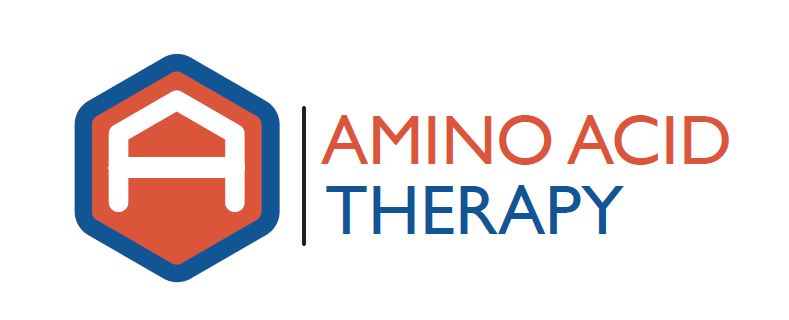We have been working with conditions associated with neurotransmitter imbalance for over two decades. During that time, we have learned a good deal about the most effective strategies to restore optimal neurotransmitter function. One of the most profound discoveries was determining the best way to address the different neurotransmitter systems in the body.
Neurotransmitter System Priority
There are many different neurotransmitter systems within the body. Imbalances in any part of these systems can result in suboptimal functioning which can present as a wide range of symptoms. From a clinical standpoint, the two systems that are most often targeted are the serotonin-catecholamine system and the GABA (gamma aminobutyric acid)-glutamate system. (Catecholamines include dopamine, norepinephrine and epinephrine.) Imbalances in these systems are often thought to correspond to specific symptoms in the body, as detailed below:
Imbalances in the Serotonin-Catecholamine system have been shown to lead to: anxiety, disturbed sleep, insomnia, abnormal circadian rhythms, depression, memory/cognition issues, decreased focus/inability to concentrate, decreased motivation, issues with appetite, disturbed body temperature regulation, imbalanced pleasure response, emotionality, and compulsion.
Imbalances in the GABA-Glutamate system have been shown to lead to: seizures, sleep disturbances, insomnia, anxiety, excitotoxity, memory issues, decreased focus, obsession and compulsion.
You can see that several of these symptoms overlap, so how does one know where to start?
When in doubt, we have found the best place to start is with the serotonin-catecholamine system. Not only have we found this to be the most effective way to achieve optimal results in the shortest amount of time, we have found that by optimizing the serotonin-catecholamine system often times, any imbalances in the GABA-glutamate system will correct themselves.
In addition, there is good data to substantiate this process – including these two papers: Regulation of GABAergic Inhibition by Serotonin Signaling in Prefrontal Cortex and Serotonin Receptors Module GABA-A Receptor Channels through Activation of Anchored Protein Kinase C in Prefrontal Cortical Neurons.
Now, that is not to say that this process always works; there are certainly times when we still need to do some work on the GABA-Glutamate system even after the serotonin-catecholamine system is working optimally, but even in these cases, the amount of work we have left to do is substantially less and usually involves boosting the bodies GABA-levels or modulating the GABA receptors.
From a clinical perspective, having a system to follow greatly simplifies the process and optimizes group outcomes, which is good for both the patient and the provider.
References
- Gross L (2006). “”Supporting” players take the lead in protecting the overstimulated brain”. PLOS Biol. 4 (11): e371. doi:10.1371/journal.pbio.0040371
- Yang JL, Sykora P, Wilson DM, Mattson MP, Bohr VA (August 2011). “The excitatory neurotransmitter glutamate stimulates DNA repair to increase neuronal resiliency”. Mech. Ageing Dev. 132 (8–9): 405–11. doi:10.1016/j.mad.2011.06.005
- Orexin receptor antagonists a new class of sleeping pill, National Sleep Foundation.
- Rang, H. P. (2003). Pharmacology. Edinburgh: Churchill Livingstone. pp. 474 for noradrenaline system, page 476 for dopamine system, page 480 for serotonin system and page 483 for cholinergic system. ISBN 9780-443-07145-4.
- Iwańczuk W, Guźniczak P (2015). “Neurophysiological foundations of sleep, arousal, awareness and consciousness phenomena. Part 1”. Anaesthesiol Intensive Ther. 47 (2): 162–167.
- Malenka RC, Nestler EJ, Hyman SE (2009). “Chapter 12: Sleep and Arousal”. In Sydor A, Brown RY (eds.). Molecular Neuropharmacology: A Foundation for Clinical Neuroscience (2nd ed.). New York, USA: McGraw Hill Medical. p. 295.
- Malenka RC, Nestler EJ, Hyman SE (2009). “Chapter 6: Widely Projecting Systems: Monoamines, Acetylcholine, and Orexin”. In Sydor A, Brown RY (eds.). Molecular Neuropharmacology: A Foundation for Clinical Neuroscience (2nd ed.). New York: McGraw-Hill Medical. pp. 145, 155–157.


